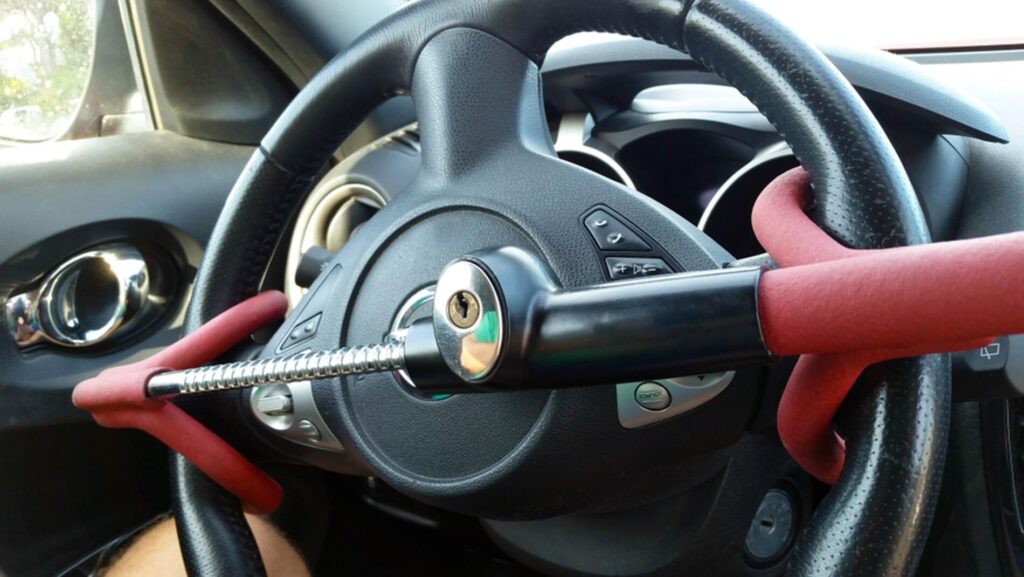Unfortunately, car theft is becoming more common. Keyless car theft is amongst the highest spike in this kind of crime, with nationwide claims rising by 20%. As technology makes theft seem easier, it’s more important than ever to prevent this kind of crime by making vehicle owners aware of the risks.
Did You Know?
Keyless theft has now risen to an all-time high, research suggests. A significant 93% of vehicles stolen without using the owner’s keys. That’s a 26% increase in just five years.
The UK’s Most Stolen Cars
Firstly, it’s important to know which cars are most likely to be stolen or targeted by thieves. Those who drive certain models and makes of cars, especially new ones, are often recommended to research extra security.
A recent report found that these models were amongst the most stolen vehicles in the UK:
- Range Rover Sport
- Range Rover Vogue
- Range Rover Autobiography
- BMW X5
- Land Rover Discovery and BMW 3 Series
- Mercedes-Benz C-Class
- Range Rover Evoque
- Mercedes-Benz C-Class AMG
- BMW M3 and Mercedes-Benz S-Class
- Land Rover Defender, Mercedes-Benz E-Class and BMW 6 Series
What is Keyless Entry Theft?
Keyless entry theft is a convenient system will allow hackers to start your vehicle without having the keys. This is achieved by using a relay device to hack the signal, open the car and drive away.
The Main Ways Keys Are Stolen
Cloned keys
Cloned keys are duplicates, but thieves use unauthorised versions. The cloned keys method is very quick and involves taking the original key before copying that data onto a new transponder chip that is an exact match of the original. The vehicle won’t be able to tell the difference between the original and the cloned, and as such a thief can surreptitiously walk up to a car and drive away with no obvious problems.
Radio/relay attack
First, a thief walks into the vicinity of a key fob using an electronic capture device. Then, the original key fobs signal is relayed to a secondary device up to 100 metres away. Once the secondary device receives the signal and if it is withing range of the vehicle in question, it can unlock and, in most cases, start the engine by utilising the original key fobs signal.
Electronic compromise
Thieves connect to a vehicle usually via the on-board diagnostic (OBD) port. There are some instances where this can be done through wiring located elsewhere on a vehicle, essentially a form of hot-wiring. A thief will then access the vehicle’s ECU (Electronic Control Unit, thought of as the brain of the vehicle.)
Finally, using pre-configured devices a thief can programme new keys or bypass the vehicle’s security systems to enable it to start. This is more commonly seen in organised crime, where until they receive an order for a specific model or make, will only then activate the key they had previously wired.
1. Nogo Immobiliser Fitting
Nogo is a brand that is highly favoured by insurers and brokers and they focus on providing specific vehicles security solutions to address the major and current threats from advanced theft methods that modern thieves have adopted.
Having an immobiliser fitted is one of the more costly forms of vehicle security, but also one of the most popular forms vehicle security. Immobilizers use the latest encrypted ADR (Auto Driver Recognition) technology to ensure consistent, convenient, and automatic operation when arming and disarming. This eliminates the need for the driver to interact with the system.
2. Use a Signal Blocking Pouch (Faraday Bag)
Signal blocking pouches are a way to carry your keys by blocking your car key fob from transmitting its code to the vehicle, as the pouches are lined with layers of metallic material and are sold at Halfords for around £5. Although, something to remember is this won’t reduce your overall risk of car theft, but it will isolate the key fob RF signal from devices commonly used by thieves to amplify your key fob ID in order to gain access to your vehicle.
3. Use a Steering Wheel Lock or Car Alarm
Steering wheel locks and alarms are a mid-price range, affordable form of protection for your vehicle. We know you may have thrown your wheel lock back in the 90s, but something to consider is that modern thieves are often equipped with mechanical devices and take a techy approach to stealing your vehicle, so mechanical devices – such as steering wheel locks can really deter criminals.
4. Park Smart
It may seem obvious, but just by having your car parked defensively it could also deter criminals from getting into your vehicle. If you think about how keyless thefts work, often they are in the middle of the night, with no noise. If you park your car on the driveway, park it as close to your property as possible, or get someone else to block you in, this will make access to your vehicle difficult, which will put them off stealing your car.
Additional security tip: Consider fitting outdoor motion detector lighting and/or CCTV as an extra deterrent.
We know the importance of keeping your pride and joy safe at all costs. Get in touch today to find out how the experts at Keith Michaels can help.



